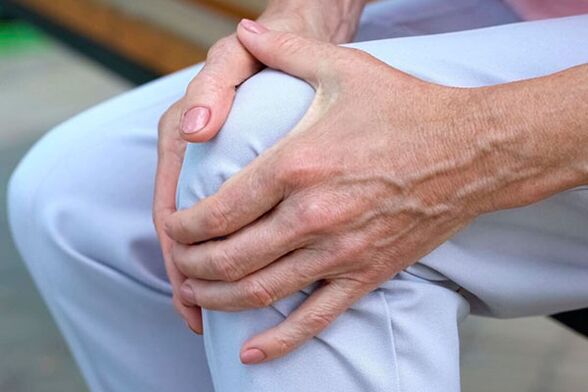
The human body has more than 180 joints, and almost everyone is injured. The diagnosis sounds different, and different treatments are recommended, but the pain will not go away, it will only increase with age, and the relief is temporary.
The medical community has not yet reached a consensus on this disease, including treatment methods.
What is arthropathy
This is a group of diseases with multiple causes, in which all parts of the joints are destroyed.
Causes of joint disease
There are many of them, but they are not yet fully understood.
- Osteoarthritis develops after injury. For example, if the knee joint is damaged, arthropathy of the knee joint or knee joint disease will occur.
- Delayed arthritis. Arthritis is inflammation of the joints. Even after the result of ARVI or a specific infection, it may be a complication: gonorrhea, tuberculosis, brucellosis, viral hepatitis, adenovirus infection, rubella, HIV infection.
- High-intensity physical activity is a professional problem for athletes. For ordinary people, any load will become stressful and "start" the process.
- Autoimmune diseases: osteoporosis, rheumatoid arthritis, gout, drug-induced arthropathy, chronic fatigue syndrome.
- Diseases of the musculoskeletal system. For example, dysplasia may be one of the causes of hip joint arthropathy.
- Excess weight.
- Harmful working conditions.
- Alcohol and bad habits.
The list is incomplete, but it is already quite impressive.
Symptoms of arthropathy
There are many symptoms of joint disease, but the main one is pain.
Joint pain first appears during physical exertion and is relieved during rest. They appear due to microfractures, muscle spasms around joints, and stimulation of surrounding tissues by osteophytes. When synovitis develops, the joint swells, pain occurs during the initial exercise, and then disappears and reappears with prolonged exercise.
Necrotic osteophytes (a torn piece of articular cartilage) "wedge" the joints and cause severe pain, crunching noises and external changes, and habitual movement difficulties.
The first stage: Moderate restriction of joint movement, pain only when tired, insignificant bone growth can be seen on X-ray images, and joint space narrowing is small. The second stage: The mobility of some joints is obviously limited, and there is contraction. Pain occurs in the simplest exercise. With arthropathy of the leg joints, lameness due to shortening of the limbs, distortion of the pelvic area, and pain in the legs and waist. The picture shows that the joint space has been reduced by three times, the bones have grown rough, and the articular surfaces have been damaged. The third stage: joints are destroyed, bilateral joint disease-can only move on crutches.
Classification
- The first stage: Moderate restriction of joint movement, pain only when tired, insignificant bone growth can be seen on X-ray film, and joint space narrowing is very small.
- The second stage: The mobility of some joints is obviously limited, and there is contraction. Pain occurs in the simplest exercise. With arthropathy of the leg joints, lameness due to shortening of the limbs, distortion of the pelvic area, and pain in the legs and waist.
- The third stage: joints are destroyed, bilateral joint disease-can only move on crutches.
diagnosis
Knee arthropathy and hip arthropathy (hip arthropathy) are the most common diagnoses.
Instrumental examination of joint disease:
- Radiography-to assess the condition of bone tissue.
- Magnetic resonance imaging or computed tomography-to determine the extent of damage to joints and their parts.
- Arthroscopy.
Arthropathy treatment
Conservative treatment (only in the early stage):
- NSAIDs-non-steroidal anti-inflammatory drugs, anti-inflammatory and warm ointments, joint orthoses.
- Physical therapy-relieve pain and improve blood circulation.
- Chondroprotectants-One might say that they have a placebo effect as a biologically active additive.
- Cartilage protector with NVPS-immediate relief (anti-inflammatory effect) is felt, treatment time is longer.
- Hormonal drugs
- Hyaluronic acid preparation is a mature synovial fluid "prosthesis".
- Plasma treatment-PRP treatment, orthokine treatment.
operation treatment
- Endoprosthesis-articular surface replacement.
- Arthroplasty is a method used for small and stress-free hand joints.
- Arthroscopy.
prevention
Like many complex diseases, preventing joint disease is the timely treatment of any infection and a cautious attitude towards health.



















